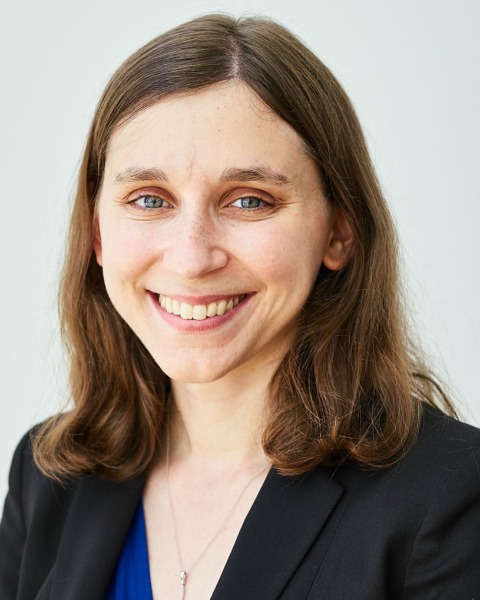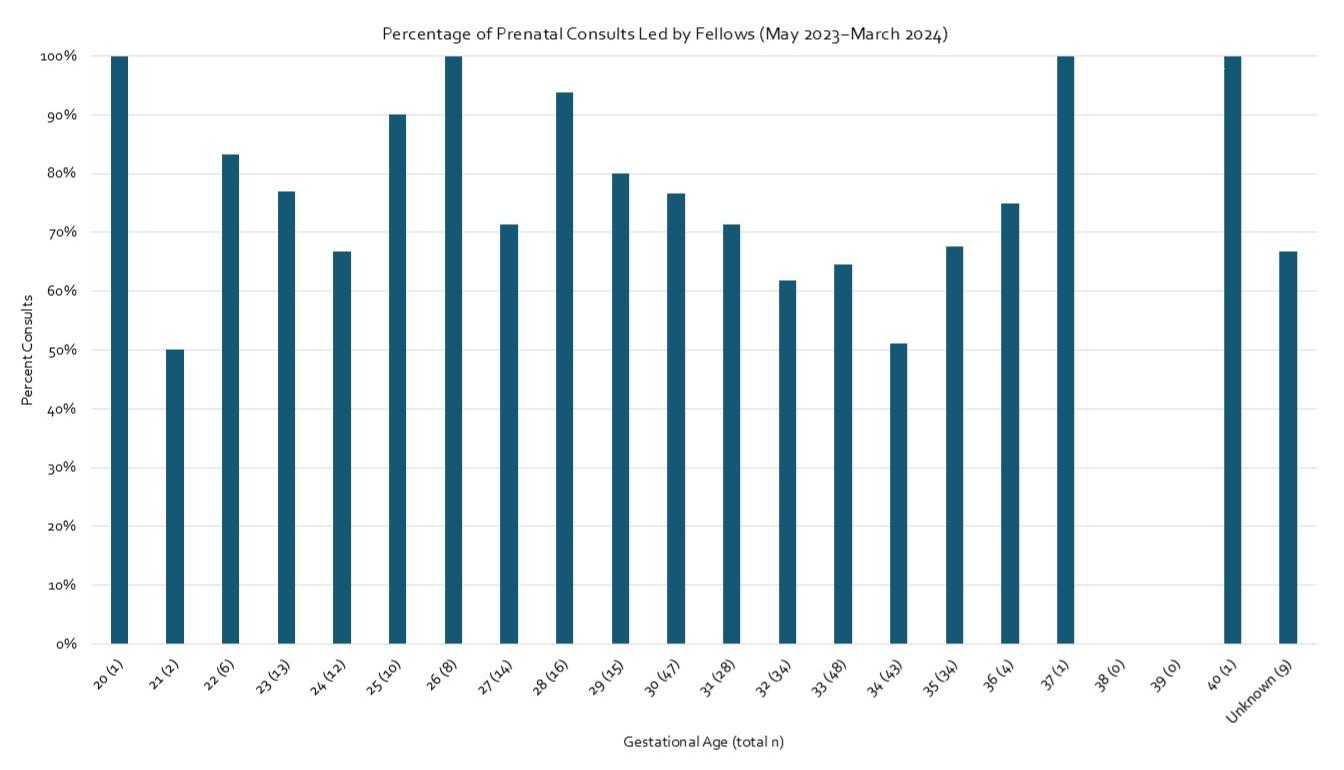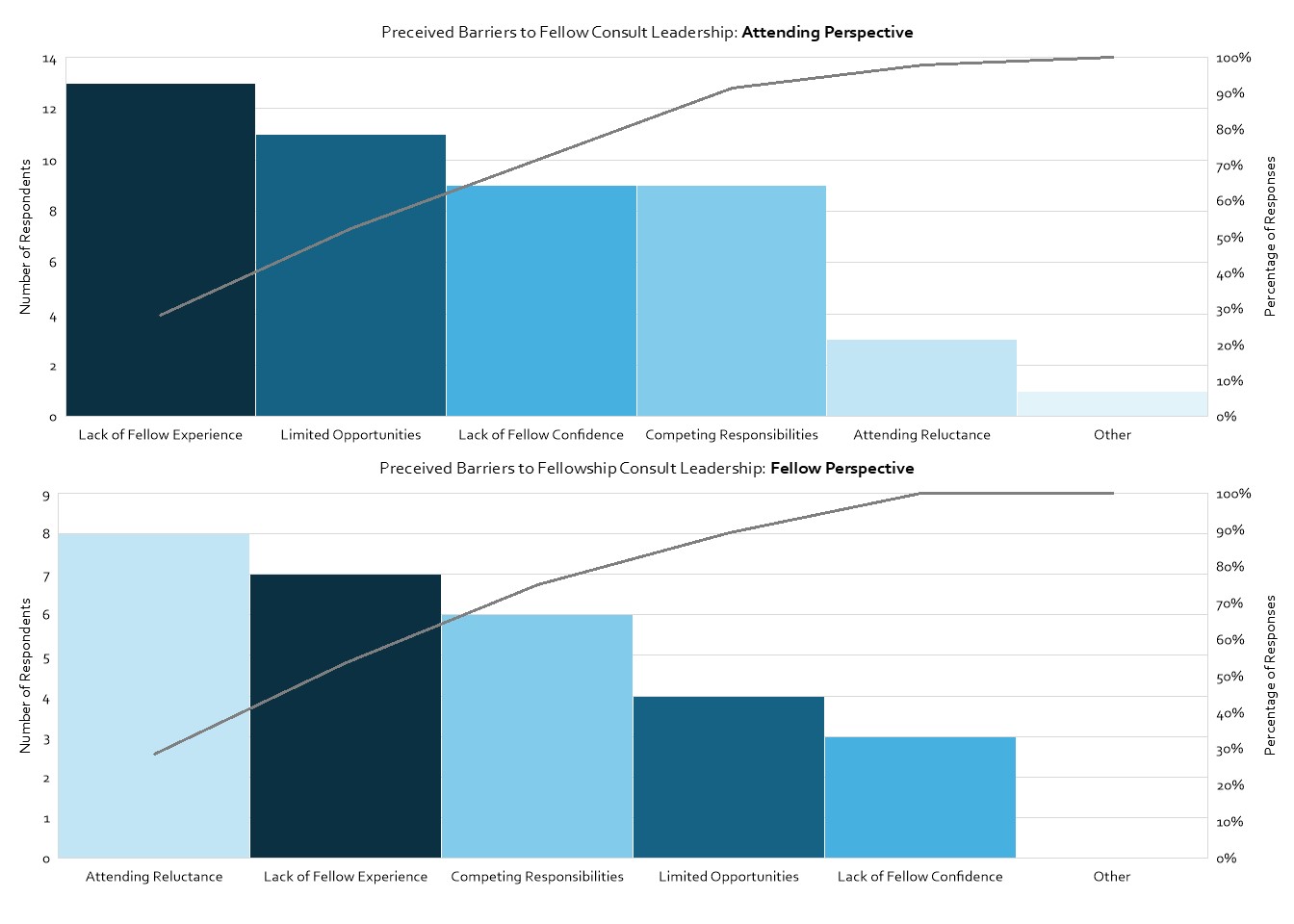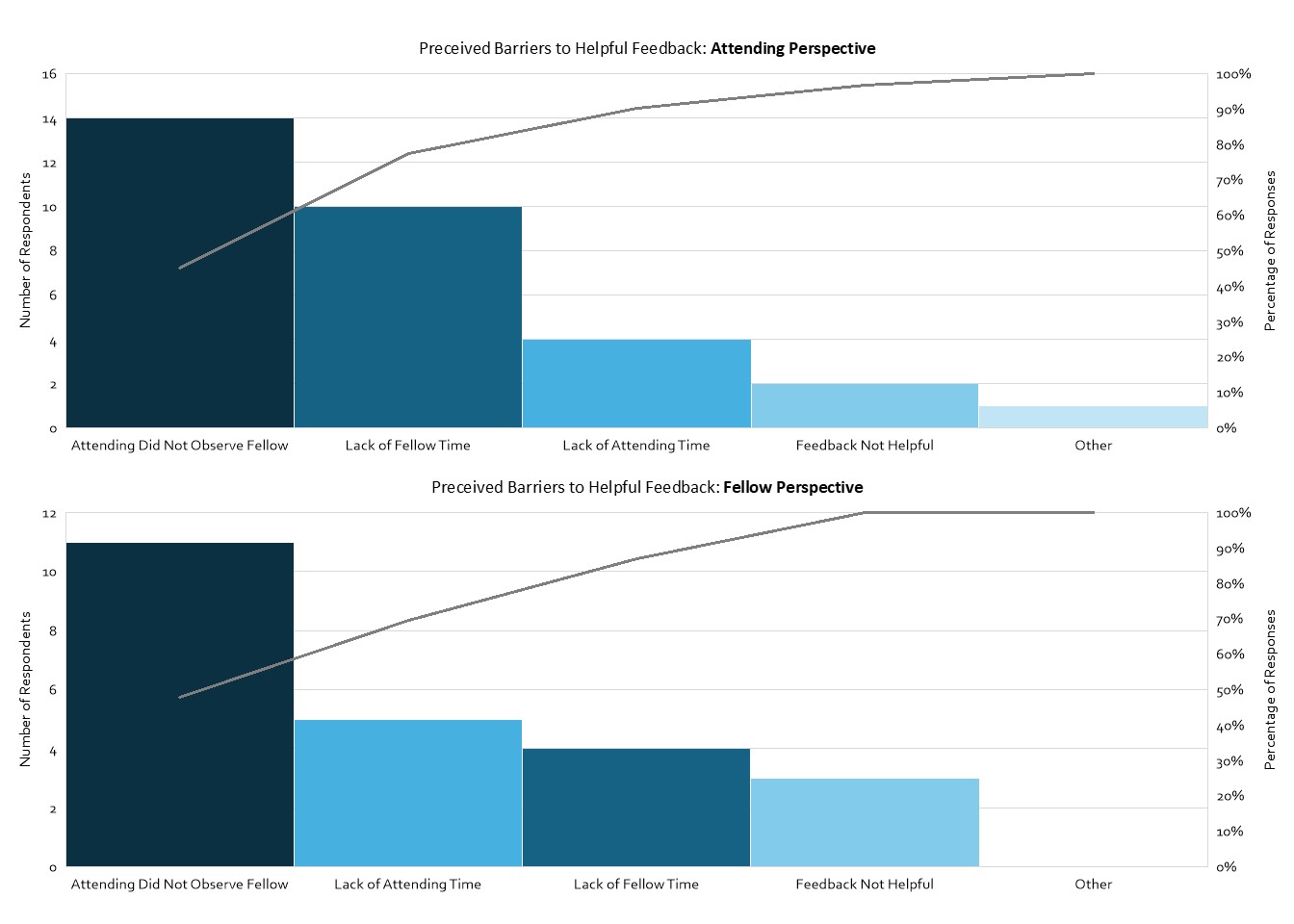Medical Education 8: Competency based Education and Feedback
Session: Medical Education 8: Competency based Education and Feedback
172 - Enhancing Neonatology Fellow Leadership & Feedback During Prenatal Consults
Sunday, April 27, 2025
8:30am - 10:45am HST
Publication Number: 172.4645
Gia Yannekis, Boston Children's Hospital, Brookline, MA, United States; Emily Whitesel, Boston Children's Hospital, Newton Highlands, MA, United States; Christy Cummings, Boston Children's Hospital, Boston, MA, United States; Anne Sullivan, Boston Children's Hospital, Boston, MA, United States; Dara Brodsky, Beth Israel Deaconess Medical Center, Boston, MA, United States

Gia Yannekis, MD (she/her/hers)
Clinical Fellow
Boston Children's Hospital
Brookline, Massachusetts, United States
Presenting Author(s)
Background: Prenatal counseling and shared decision-making are essential components of neonatology clinical practice. Assessment in these domains is crucial for neonatology fellow development and provision of quality patient care. Our high-risk center has approximately 5,500 deliveries annually and a 63-bed level 3 NICU. We have identified missed opportunities for our NICU fellows to lead consults and receive feedback from supervising neonatologists about their performance in this area.
Objective: The broader aim of our ongoing quality improvement initiative is to increase the number of peri-viable (≤24 weeks’ gestation) consults led by fellows and to enhance the frequency and quality of attending feedback about fellows' prenatal counseling skills. This needs assessment aimed to understand major barriers to fellow leadership and feedback to inform our upcoming plan-do-study-act (PDSA) cycles.
Design/Methods: Baseline data on prenatal consult numbers, indications, and providers were collected from administrative records from May 2023−March 2024. Additionally, a needs assessment survey was distributed anonymously via RedCap in May−August 2024 to all attendings and fellows who rotate on the consult team.
Results: 12 out of 18 fellows responded to the needs assessment (63%). 25% of fellow respondents were 1st years, 50% were 2nd years, and 25% were 3rd years. 16 out of 23 attendings responded (70%). Of attending respondents, 50% had < 5 years of clinical experience, 38% had 5−10 years of experience, and 12% had >10 years of experience. 529 prenatal consults were completed during the study period with an average of 48 consults per month. Fellows were present for 347 (66%) of total consults. Of these 347, fellows led 70% of consults across all gestational ages, including 74% of consults ≤24 weeks gestation (Figure 1). Attendings and fellows varied on perceived barriers to fellow consult leadership (e.g., fellows rated attending reluctance highly while attending did not perceive this as a barrier). Most respondents in both groups identified lack of fellow experience and competing responsibilities as key limitations (Figure 2). Approximately 90% of fellows and attendings agreed that lack of attending observation of fellows was the major barrier to helpful feedback (Figure 3).
Conclusion(s): Both attendings and fellows perceive lack of direct observation during prenatal consults as the primary factor limiting fellow feedback. Our upcoming PDSA cycles will focus on fellow/attending education about the importance of direct observation of fellow-led consults and on implementation of a structured tool to guide these encounters.
Percentage of Prenatal Consults Led by Fellows (May 2023−March 2024)
 Bar graph depicting percentage of prenatal consults in each gestational age led by fellows between May 2023 and March 2024. Only consults conducted when fellows were present on the unit are included in this graph.
Bar graph depicting percentage of prenatal consults in each gestational age led by fellows between May 2023 and March 2024. Only consults conducted when fellows were present on the unit are included in this graph.Perceived Barriers to Fellow Consult Leadership
 Pareto charts depicting perceived barriers to fellow consult leadership from attending and fellow needs assessments. Respondents were permitted to select multiple barriers. Attending perspectives are represented in the upper pane, while fellow perspectives are represented in the lower pane.
Pareto charts depicting perceived barriers to fellow consult leadership from attending and fellow needs assessments. Respondents were permitted to select multiple barriers. Attending perspectives are represented in the upper pane, while fellow perspectives are represented in the lower pane.Perceived Barriers to Helpful Feedback
 Pareto charts depicting perceived barriers to helpful feedback from attending and fellow needs assessments. Respondents were permitted to select multiple barriers. Attending perspectives are represented in the upper pane, while fellow perspectives are represented in the lower pane.
Pareto charts depicting perceived barriers to helpful feedback from attending and fellow needs assessments. Respondents were permitted to select multiple barriers. Attending perspectives are represented in the upper pane, while fellow perspectives are represented in the lower pane.Percentage of Prenatal Consults Led by Fellows (May 2023−March 2024)
 Bar graph depicting percentage of prenatal consults in each gestational age led by fellows between May 2023 and March 2024. Only consults conducted when fellows were present on the unit are included in this graph.
Bar graph depicting percentage of prenatal consults in each gestational age led by fellows between May 2023 and March 2024. Only consults conducted when fellows were present on the unit are included in this graph.Perceived Barriers to Fellow Consult Leadership
 Pareto charts depicting perceived barriers to fellow consult leadership from attending and fellow needs assessments. Respondents were permitted to select multiple barriers. Attending perspectives are represented in the upper pane, while fellow perspectives are represented in the lower pane.
Pareto charts depicting perceived barriers to fellow consult leadership from attending and fellow needs assessments. Respondents were permitted to select multiple barriers. Attending perspectives are represented in the upper pane, while fellow perspectives are represented in the lower pane.Perceived Barriers to Helpful Feedback
 Pareto charts depicting perceived barriers to helpful feedback from attending and fellow needs assessments. Respondents were permitted to select multiple barriers. Attending perspectives are represented in the upper pane, while fellow perspectives are represented in the lower pane.
Pareto charts depicting perceived barriers to helpful feedback from attending and fellow needs assessments. Respondents were permitted to select multiple barriers. Attending perspectives are represented in the upper pane, while fellow perspectives are represented in the lower pane.
